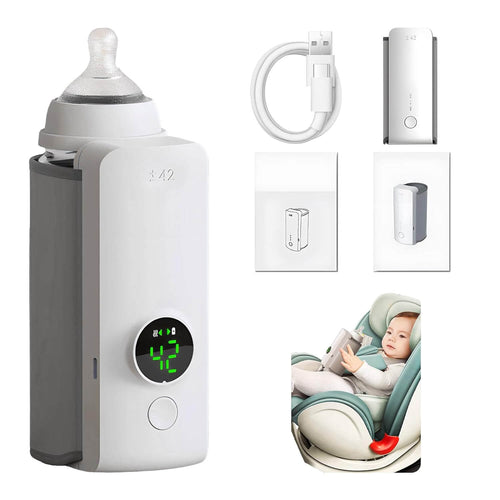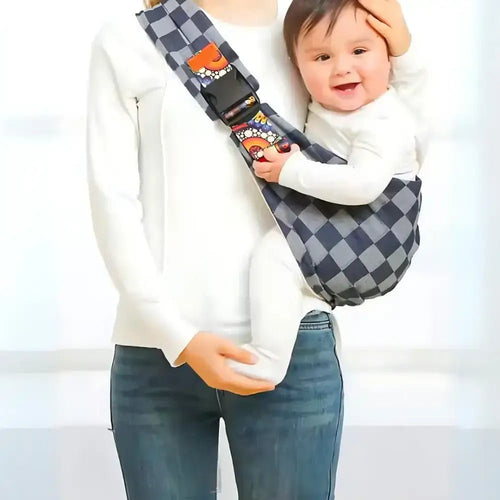
Botox While Breastfeeding: What You Need to Know
Thinking about Botox (onabotulinumtoxinA) while nursing? Current evidence suggests a very low risk to breastfed infants, with none or only trace, non-toxic amounts detected in milk after typical facial doses. Below you’ll find how Botox works, what recent studies show, timing tips, when to seek extra clearance, and a quick refresher on safe milk storage.
What Botox is (and isn’t)
“Botox” is a brand of onabotulinumtoxinA—a purified neurotoxin protein used in tiny, localized doses for cosmetic lines and medical conditions (e.g., migraine, spasticity). Other type-A products include abobotulinumtoxinA (Dysport), incobotulinumtoxinA (Xeomin), and prabotulinumtoxinA (Jeuveau). Cosmetic injections are delivered into facial muscles; when done properly, systemic absorption is minimal and the drug does not circulate freely like a pill would.
Why risk to infants is considered low
- Localized action: Cosmetic doses act where injected; significant bloodstream levels are not expected in routine use.
- Large protein, poor oral uptake: The toxin complex is a large protein that is unlikely to enter milk in meaningful amounts, and if present, is poorly absorbed from an infant’s gut.
- Reassuring edge cases: Even rare maternal botulism cases showed no detectable toxin in milk and well infants, supporting low transfer and low oral bioavailability.
What the latest evidence shows

- LactMed consensus: OnabotulinumtoxinA is considered acceptable in breastfeeding. In monitored mothers receiving 40–92 units to the face, milk was often negative or showed only minute amounts; special precautions are generally unnecessary in typical cases.
- Pilot human-milk studies: Recent small studies measuring breast milk after cosmetic injections detected either nothing or trace, non-toxic levels in a subset of samples. No infant harm has been demonstrated.
- InfantRisk clinical perspective: The product contains no live bacteria or spores; transfer into milk is not expected, and real-world reports remain reassuring.
- Botulism management note: If a mother requires botulism antitoxin for illness, breastfeeding can typically continue with routine infant observation.
Timing around feeds: a practical plan
- Comfort plan: Nurse or pump just before your appointment so you’re comfortable during injections.
- Optional buffer: Some clinicians suggest waiting about 4–6 hours post-procedure before the next feed as an extra-cautious step (not universally required).
- Normal routine: There is no evidence-based need to “pump and dump” after typical cosmetic doses.
- Do not inject breast tissue: Cosmetic use targets facial muscles—avoid breast/areolar injection sites.
Special situations (medical Botox, high doses, very young infants)
- Medical indications: For migraine, dystonia, or spasticity, coordinated care with your prescriber is appropriate; breastfeeding is usually compatible.
- High total dose / multiple areas: If planning unusually high doses or many areas at once, discuss timing with your clinician or IBCLC.
- Preterm or <2-month-old infants: Extra caution and individualized advice are reasonable for medically fragile or very young babies.
Counterfeit & provider safety checklist
Adverse events are far more likely with counterfeit product or unlicensed injectors. Protect yourself and your baby by verifying:
- Licensed medical prescriber/injector and clinical setting
- Authentic, FDA-approved product sourced through proper channels
- Clear consent, dose documentation, and after-care instructions
- Plan for follow-up if you develop unusual symptoms (see next section)
Red-flag symptoms to watch for (rare)
If any of these occur in your baby after your procedure, contact your clinician promptly:
- Weak suck, poor feeding, unusual sleepiness
- Generalized weakness or “floppy” tone
- Constipation with decreased activity or weak cry
If you develop spread-of-toxin symptoms (progressive weakness, swallowing or breathing difficulty), seek urgent care.
Cleaning & milk-storage basics
- Parts care: Wash milk-contact parts with hot, soapy water after each session; air-dry; sanitize per brand instructions.
- Fresh milk: Room ≤77°F (25°C) up to 4 hours · Refrigerator up to 4 days · Freezer ~6 months best (≤12 months acceptable).
- Thawed milk: If thawed in the fridge, use within 24 hours; do not refreeze; avoid microwaving.
- On the go: With frozen ice packs in an insulated cooler, milk typically stays cold for up to ~24 hours; transfer at destination.
Myth vs fact
| Myth | Fact |
|---|---|
| “You must pump & dump after Botox.” | No routine need after typical facial doses; many experts consider it acceptable without special precautions. |
| “Any Botox in milk would harm the baby.” | Studies show none or trace, non-toxic levels; infant oral absorption is poor. |
| “All injectors/products are the same.” | Counterfeits and unlicensed injectors increase risk. Choose licensed providers using authentic product. |
FAQ
Do I need to pump and dump?
Not routinely for cosmetic facial doses. Some choose a short 4–6 h spacing after injections as an extra-cautious step; discuss with your clinician.
Is onabotulinumtoxinA safe during breastfeeding?
Current evidence is reassuring: LactMed considers it acceptable, with none or only minute amounts found in milk after facial doses; clinical harm hasn’t been demonstrated in typical use.
What about other brands—Dysport, Xeomin, Jeuveau?
These are related type-A toxins. Systemic levels after proper intramuscular use are expected to be very low; data for some (e.g., prabotulinumtoxinA) are limited but extrapolation and LactMed summaries are reassuring.
Can I get medical Botox (e.g., migraine) while nursing?
Often yes. Coordinate dosing and timing with your prescriber; individualized plans are best for high total doses or complex medical histories.


